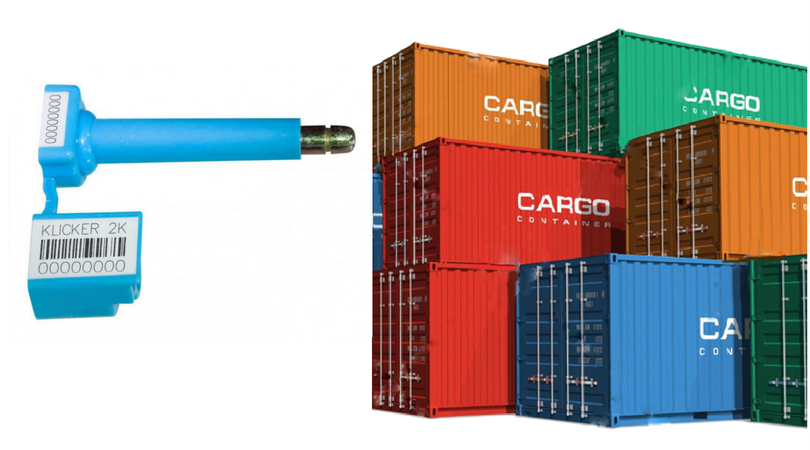Customs introduces E-sealing system
- January 2, 2018
- Posted by: CTS Consulting Co.
- Categories: Custom laws, Economics, Risk Management

Cargo seals are more common in international trade than for domestic shipments. This reflects the historical and continuing importance of Customs duties and cross-border smuggling. Manual cargo seals have long been part of good security practice. Their principal purpose is to assure carriers, beneficial owners of cargo, and government officials that the integrity of a shipment is intact by acting as a ‘tell-tale’ for tampering. Security seals can be split into two main groups: single-use and reusable. Single use seals are typically made of plastic or metal, and the used material and production technology is the key to their security level. Reusable seals are usually electronic or mechanical rather than just made from plastic, and if purely plastic, only one part is reusable.
What is Electronic Seal?
There are four clusters of electronic seals, representing four methods of communicating between the seal and its “reader:” radio frequency identification (RFID), infrared, direct contact, and very long range cellular or satellite. Infrared (IR) is a less common media choice than RFID.
In 2010, Taiwan introduced E-sealing of containers system using RFID Technology.
What is RFID System?
RFID technologies are most common among electronic seals. They marry RFID transponders or their components with manual seal components. There are two main types of RFID tags and seals, passive and active.
Passive seals do not initiate transmissions–they respond when activated by the energy in the signal from a reader.
Active seals can initiate transmissions as well as respond to interrogation. All active tags and seals require a battery.
Standard for electronic seals
ISO 10374 is the existing voluntary standard for RFID automatic identification of freight containers. It is a dual frequency passive read-only standard that includes 850-950 and 2400-2500 MHz. Globally, only two carriers use these tags, one primarily on chassis and the other on chassis, ocean containers, and many dray trucks.
Benefits of using e-seal
- Reduces manual intervention of custom officer thereby facilitates faster trade.
- Enhanced security of the container.
- Improve the efficiency and security of Customs clearance.
- Monitor the movement of containers affixed with e-Seals.
- Reduces man power cost.
- Reduce transaction costs of exporters (No need to incur MoT charges for supervision).
Implementing Electronic Sealing for Containers by exporters under self-sealing procedure prescribed by circular 26/2017-Cus dated 1st July 2017, circular 36/2017 dated 28.8.2017 and 37/2017 dated 20.9.2017
To facilitate better trade, Central Board of Excise & Custom has brought concept of e-sealing containers for exporters. As per para 5 of circular 37/2017-Customs dated 20th September 2017, e-sealing of container was mandatory from 1st November 2017.
However, after receipt of representations from stakeholders, the board has relaxed the provisions vide circular No. 5V2017-Customs dated 21st December, 2017. Now, till 1st March, 2018 e-sealing provision is not mandatory. Following are the updated provisions.
- All exporters who have already acquired RFID seals and are stuffing containers at approved premises for export through ports or ICDs where seal reading facility is available, are free to use system of e-sealing of containers. However, this is not a mandatory for any exporter.
- e.f 1st March, 2018 E-sealing of container procedure is mandatory for exporters who have been permitted self sealing facilities under previous procedures and Authorized Economic Operator (AEO) exporters or availing supervised stuffing at their premises for following 15 ports.
- JNCH, Nhava Sheva
- Chennai
- Mundra
- Hazira
- Cochin
- Kattupalli
- Kolkata
- ICD Tughlakabad
- Tuticorin
- Pipavav
- Vishakhapatnam
- Krishnapatnam
- ICD Bangalore
- ICD Tirupur
- ICD Ludhiana
- E-sealing of procedure will be mandatory from 1st April, 2018 for all ports/ICDs other than above 15 locations.

